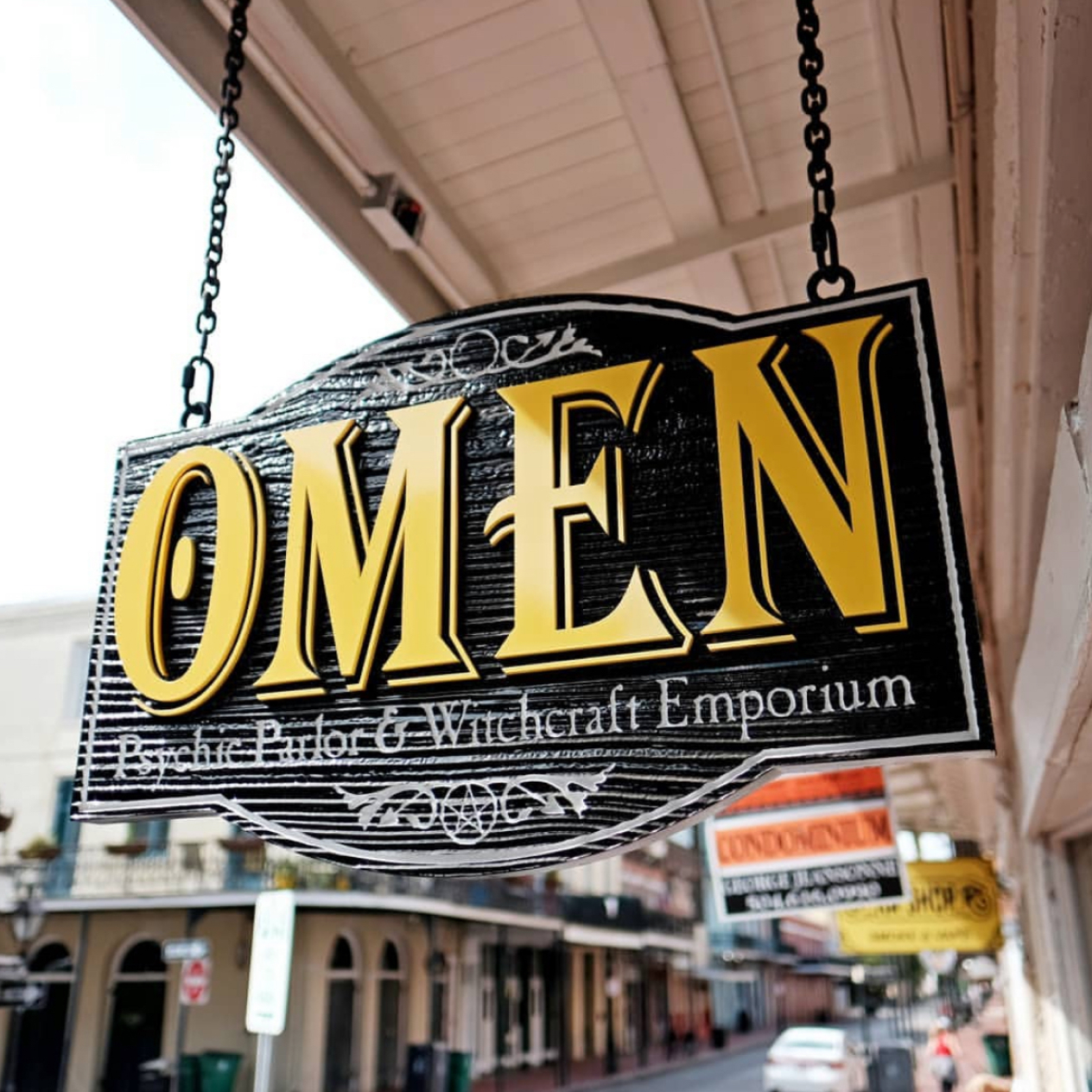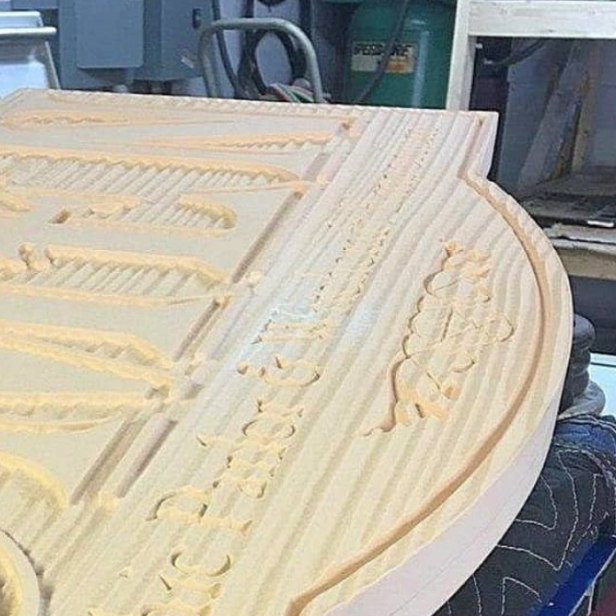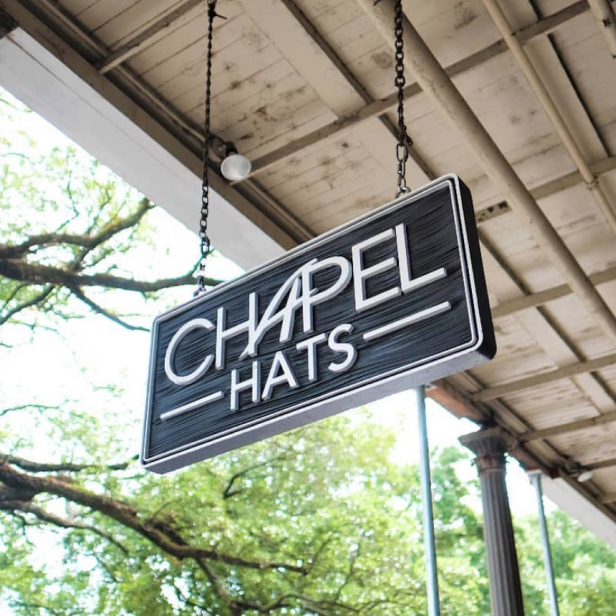




Sandblasted Signs
Sandblasted signs are created through a process where sand particles are blasted against the surface of a material under high pressure, eroding part of the surface to create a textured effect. This technique allows for custom designs, where elements can either be raised or recessed, depending on the mask applied. The outcome is a sign with depth and a distinctive, artistic quality, making it perfect for businesses looking for a unique and durable signage option.
Wood, particularly cedar and redwood, is a popular choice for sandblasted signs due to its natural resistance to decay and insects. These woods offer a traditional, warm aesthetic that is highly valued by businesses looking for a classic, timeless look. The rich texture and natural grain of cedar and redwood add to the overall charm and durability of the sign, making it an ideal choice for establishments seeking a welcoming and enduring sign that stands the test of time.
High-Density Urethane (HDU) is a popular material for sandblasted signs due to its smooth surface and ease of customization. Unlike wood, HDU has no natural imperfections, making it easier to control during the sandblasting process. It is lightweight, making it easier to transport, and highly durable, capable of withstanding severe weather conditions without warping, cracking, or rotting. This makes HDU an excellent choice for businesses looking for a long-lasting, weather-resistant sign with a clean, modern finish.


Texture and Depth
The textured surface and three-dimensional appearance of sandblasted signs provide a level of sophistication and elegance that printed or vinyl signs cannot match. This unique texture creates depth and visual interest, making the sign stand out in any environment.
Durability: Both wood and HDU are durable materials that are well-suited for outdoor use. When properly finished, sandblasted signs can endure harsh environmental conditions, lasting for decades without losing their appeal.
Customization: Sandblasted signs offer a high degree of customization in terms of shape, size, color, and design. This flexibility allows businesses to create signs that align perfectly with their architectural style and branding, ensuring the sign becomes a distinctive part of the business’s identity.

